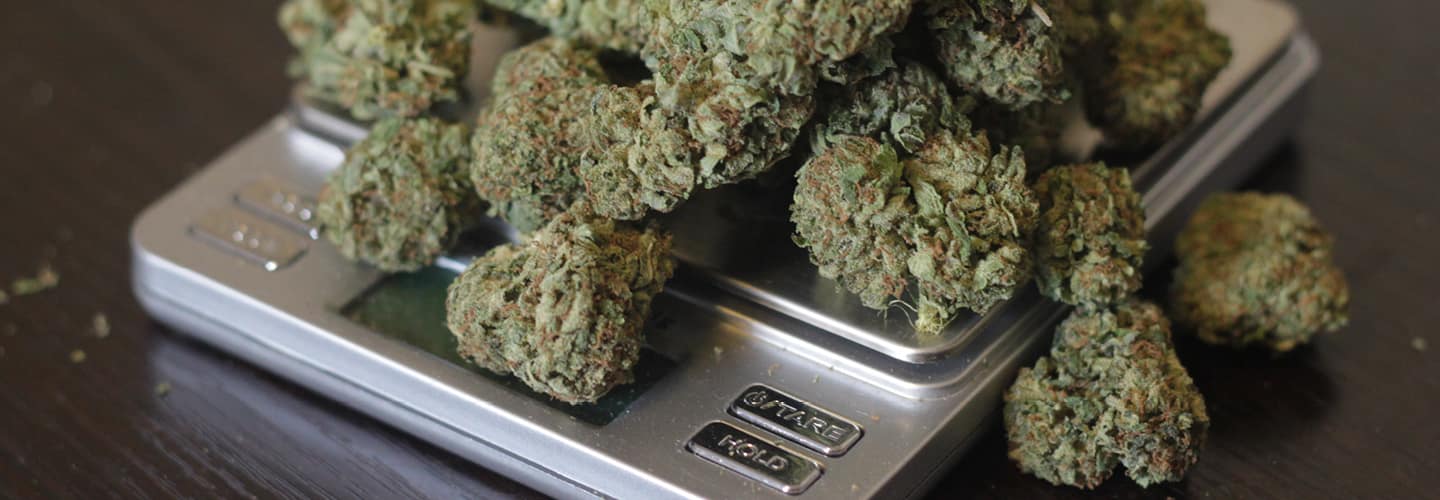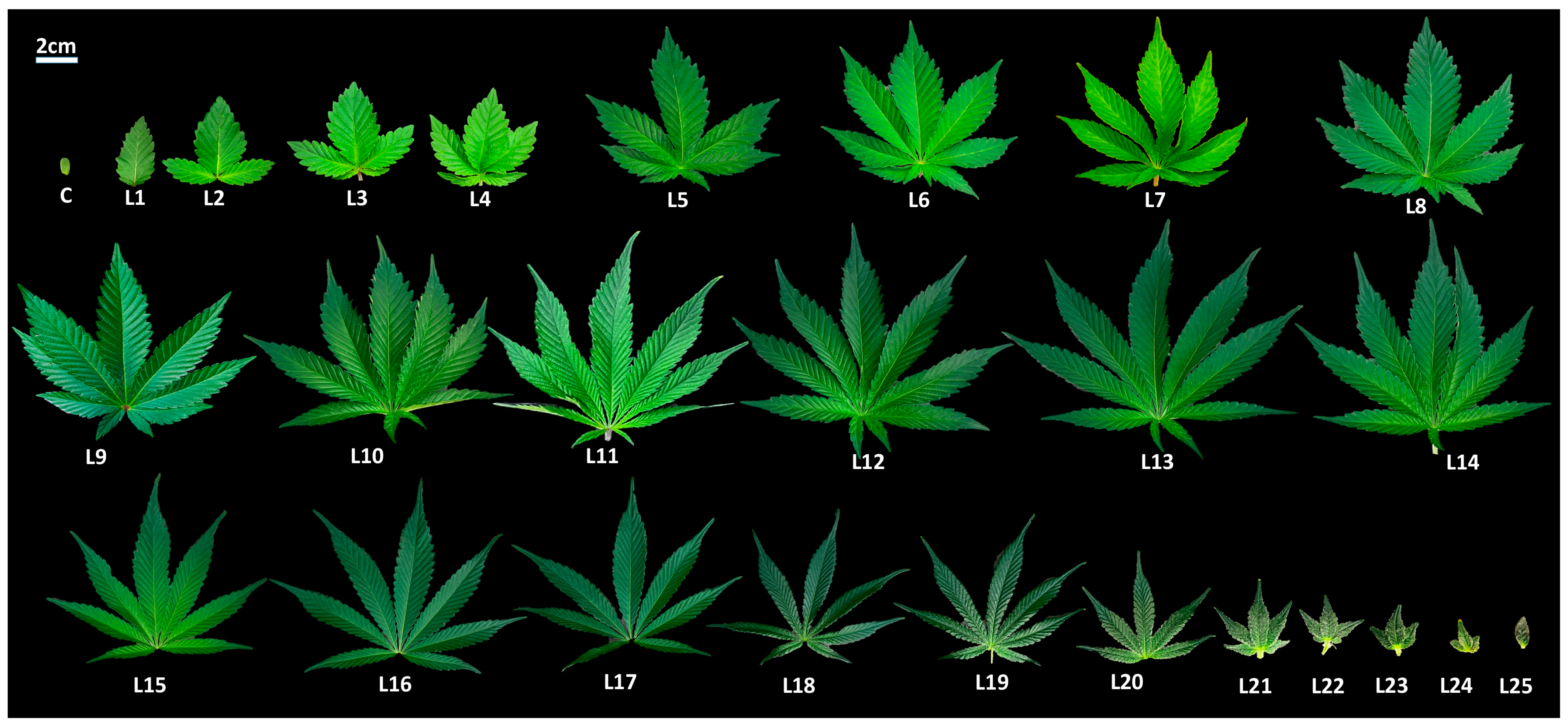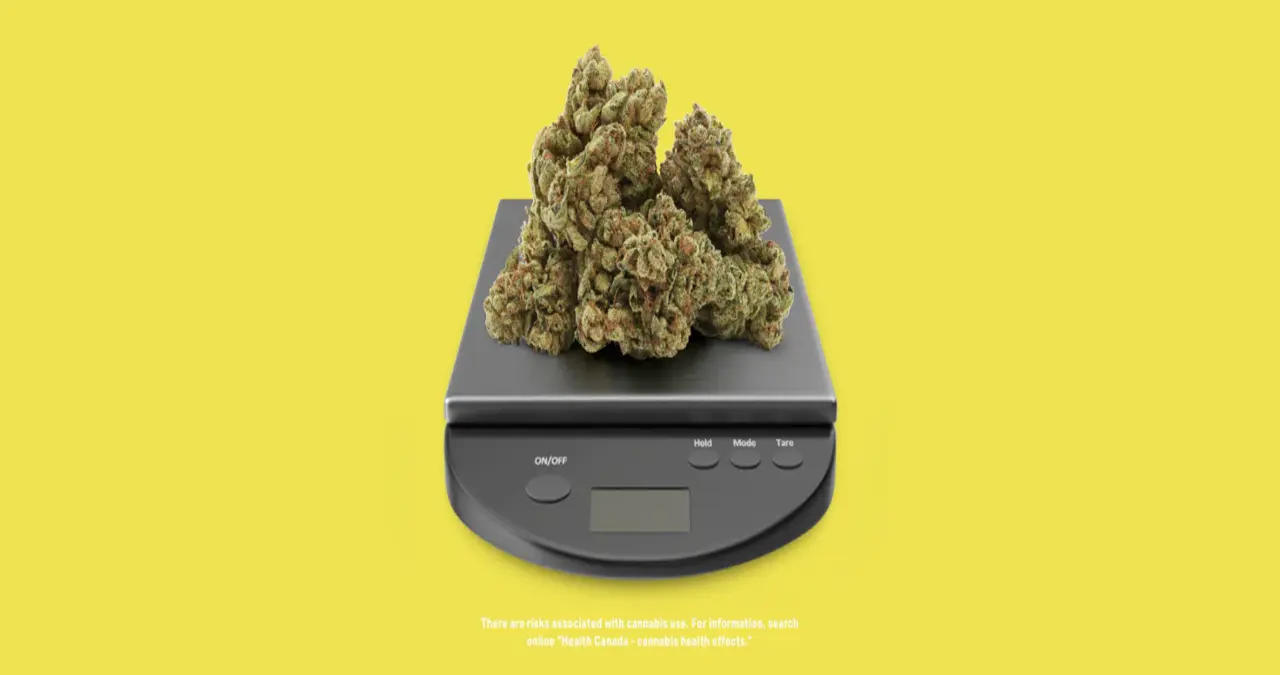Master weed measurements with our expert guide. Learn about grams, ounces, conversions, and cannabis quantities for smart, informed buying and consuming.
Understanding weed measurements can be a bit overwhelming, especially for beginners who are just starting their journey into the cannabis world. Whether you’re buying from a dispensary or a friend, having a clear understanding of weed measurements ensures you get exactly what you’re paying for and that you can talk the talk when it comes to cannabis culture.
In this guide, we’ll break down all the common cannabis measurements, what they mean, how they’re used, and how to convert between them. We’ll also share tips on how to shop smart and avoid getting shorted. So, sit back, spark one up if you’re so inclined, and let’s get into the nitty-gritty of weed measurements.
The Basics of Weed Measurements
When talking about weed measurements, you’re usually referring to the weight of the cannabis product. These weights are most commonly measured in grams and ounces. In many places around the world, especially where weed is legal, dispensaries will use metric and imperial measurements interchangeably.
The smallest measurement typically used in cannabis transactions is the gram. From there, you’ll find larger measurements like eighths, quarters, halves, and full ounces. Each has a specific weight and price point, depending on quality and location.
Knowing these basic terms and their equivalencies can help you shop smarter and better communicate with your budtender or plug. Plus, it’s always nice to know how much weed you’re actually dealing with.
Common Cannabis Measurements and What They Mean
Let’s break down the most common weed measurements and what you can expect from each.
Gram
A gram of weed is the smallest standard amount you can buy. It’s perfect if you just want to try a new strain or don’t need much. One gram is usually enough for a couple of joints or a few bowls, depending on how you roll or pack them.
Gram bags are often the go-to choice for first-timers or casual users. It’s a good way to sample different types without committing to a larger quantity. Also, many dispensaries sell pre-rolls that are about a gram each.
Eighth (1/8 of an Ounce)
An eighth of weed weighs approximately 3.5 grams. This is one of the most popular quantities for regular smokers because it offers a good balance between price and supply.
You can typically get about seven half-gram joints or around three to four 1-gram joints from an eighth. For many users, an eighth lasts anywhere from a few days to a week depending on usage.
Quarter (1/4 of an Ounce)
A quarter ounce of weed weighs roughly 7 grams. This amount is ideal if you know you’ll be smoking consistently or want to stock up for a little while.
With a quarter, you’re looking at about 14 half-gram joints or seven full-gram joints. Buying in this amount can often save you some cash compared to purchasing smaller increments.
Half Ounce (1/2 of an Ounce)
A half ounce equals 14 grams. This is where serious cost savings start to show up if you’re a frequent smoker.
It’s also a practical amount if you’re sharing with friends, hosting a party, or like to infuse your cannabis into edibles or tinctures. Just be sure to store it properly to keep it fresh over time.
Ounce
An ounce of weed is 28 grams, and in many places, this is the legal possession limit for individuals. Buying a full ounce is often the most economical way to purchase cannabis.
While it might seem like a lot, a full ounce can last a heavy user a few weeks or even a month. It’s also perfect for people who make their own products at home or want to experiment with different consumption methods.
Weed Measurement Conversion Table
Here’s a simple table to help you visualize the common weed measurements:
| Measurement | Grams | Typical Use |
|---|---|---|
| Gram | 1 | Sample, single use |
| Eighth (1/8 oz) | 3.5 | Casual use, several joints/bowls |
| Quarter (1/4 oz) | 7 | Moderate use, weekly supply |
| Half (1/2 oz) | 14 | Frequent use, cost-effective |
| Ounce (1 oz) | 28 | Heavy use, monthly supply |
Why Weed Measurements Matter

Weed measurements aren’t just about numbers—they’re about getting what you pay for. When you understand these measurements, you’re less likely to get ripped off and more likely to make informed buying decisions.
Also, understanding weed measurements helps with proper dosing, especially when making edibles. Knowing how much THC is in a gram of a particular strain can help you stay within safe consumption limits.
Measuring Weed at Home
While dispensaries and legal sellers usually have precise digital scales, you can measure weed at home with a decent scale of your own. A good digital scale that measures in grams is a worthy investment for any regular user.
Always use a flat, clean surface when weighing weed, and be mindful of taring your scale—this means zeroing it out after placing your container on it. This ensures you’re only measuring the cannabis and not the container.
Tips for Buying the Right Amount
When it comes to buying weed, there’s no one-size-fits-all answer. It depends on your usage, preferences, budget, and legal limits.
Start small if you’re new. Grab a gram or an eighth to see how the strain affects you. Once you find a favorite, consider buying in larger amounts to save money and reduce trips to the dispensary.
Also, always check local laws. In some places, there are possession limits, and buying over those limits could land you in legal trouble.
How Quality Affects Measurement
Not all weed is created equal. One gram of top-shelf bud may cost the same as 3.5 grams of lower-quality flower. Factors like trichome density, moisture content, and trim quality can all impact how much weed you actually get in terms of effect and value.
Sometimes lighter, fluffier buds may take up more space but weigh less, while dense nugs may look small but pack a serious punch. That’s why weight is the true measure, not visual bulk.
Weed Slang and Street Terms
When you’re out there navigating the cannabis world, especially outside of a dispensary, you’re bound to hear a lot of slang.
Terms like “dub” (typically $20 worth), “dime bag” (usually $10 worth), “zip” (an ounce), and “quad” (a quarter ounce) are still common in many circles. Understanding these can help you decode deals and communicate more effectively.
Quote:
“A dime may look small, but sometimes it’s all you need to get where you’re going.”
Cannabis Concentrates and Measurements
When it comes to concentrates like wax, shatter, or oils, weed measurements still apply, but the amounts are usually much smaller due to the potency.
A half gram or full gram is standard for concentrates, but keep in mind that a little goes a long way. The THC content in concentrates can be two to four times higher than flower.
Edibles and Weed Measurements
In edibles, weed measurements translate into dosage. If you’re making your own, knowing the potency of your flower and how much you’re using is crucial for creating a consistent and safe edible experience.
Example: If your strain has 20% THC and you use 3.5 grams (an eighth), you’re working with about 700mg of THC total. From there, divide by servings to find the per-dose strength.
Traveling with Weed and Measurement Limits
If you’re on the move, make sure you know the legal limits in both your departure and arrival locations. Most places that allow weed use limit possession to one ounce for personal use.
Traveling across state lines or through airports with weed is risky unless it’s explicitly allowed. Stick to legal limits and store your cannabis properly to avoid attention.
The Role of Weed Measurements in Dosing
Dosing correctly is critical for both medical and recreational users. Knowing how much weed you’re using, and how much THC it contains, helps avoid unpleasant experiences.
Start low and go slow is the golden rule. Measure your weed, know the strain’s potency, and test your tolerance over time.
How Legal Dispensaries Label Weed Measurements
Legal dispensaries typically label cannabis products clearly with exact weight, strain, and THC/CBD percentages. These labels help you make better decisions about what and how much to consume.
Look for measurement info on flower packaging, edibles, tinctures, and concentrates. It’s not just about weight—it’s about strength and effect.
The Evolution of Weed Measurements

Back in the day, weed deals were done with little more than a handshake and a scale—if you were lucky. Now, the cannabis world has gone legit, and so have weed measurements.
With legalization spreading, measurements are more standardized. Dispensaries use regulated scales, certified packaging, and lab-tested quantities to ensure consistency and safety.
FAQs About Weed Measurements
What is a gram of weed good for?
A gram is perfect for a few joints or bowls. It’s ideal for sampling new strains or casual smoking.
How many grams are in an ounce?
There are 28 grams in an ounce. This is usually the maximum you can legally possess in most areas.
What’s the best amount to buy as a beginner?
Start with a gram or an eighth to test out your tolerance and the effects of different strains.
How should I store larger amounts?
Use airtight containers in a cool, dark place. Avoid plastic bags and excessive heat to maintain freshness.
Are weed concentrates measured the same as flower?
Concentrates are measured in grams too, but they are much more potent, so you typically need less.
Conclusion: Getting Comfortable with Weed Measurements
Understanding weed measurements isn’t just for dealers and dispensary staff—it’s for anyone who wants to make informed choices about their cannabis use. Once you grasp the basic weights and conversions, you’ll navigate your cannabis journey with confidence.
Whether you’re measuring out a gram for a chill night or investing in an ounce to stock up, knowing the numbers keeps you in control. So weigh it out, know your limits, and toke responsibly.




